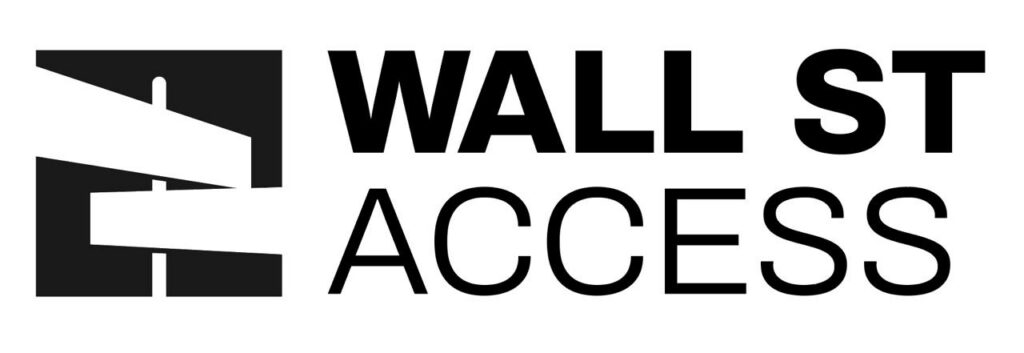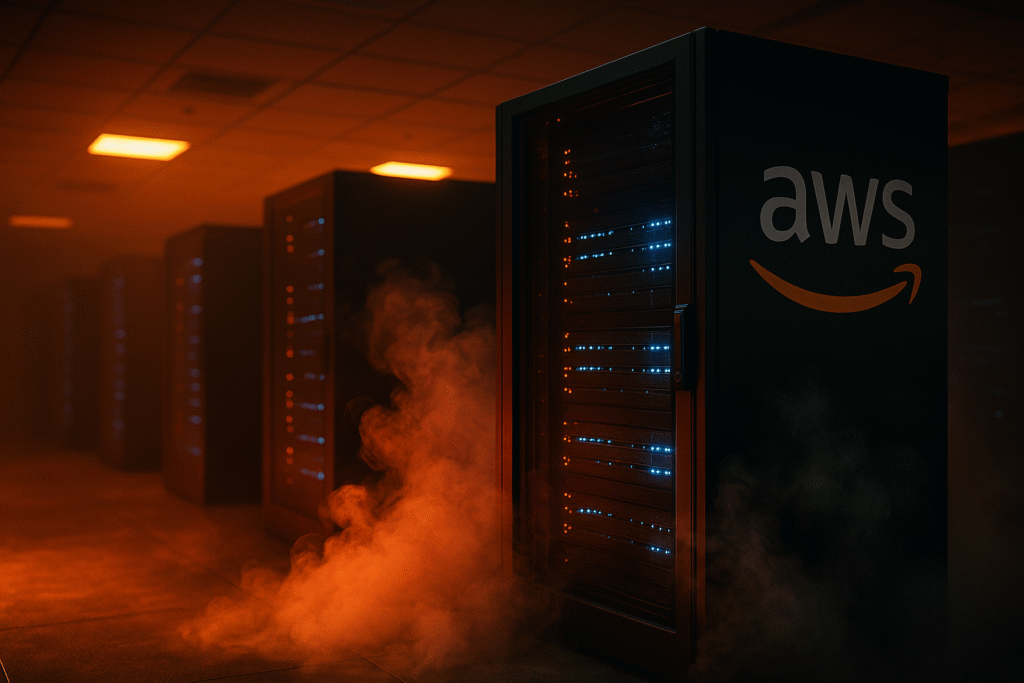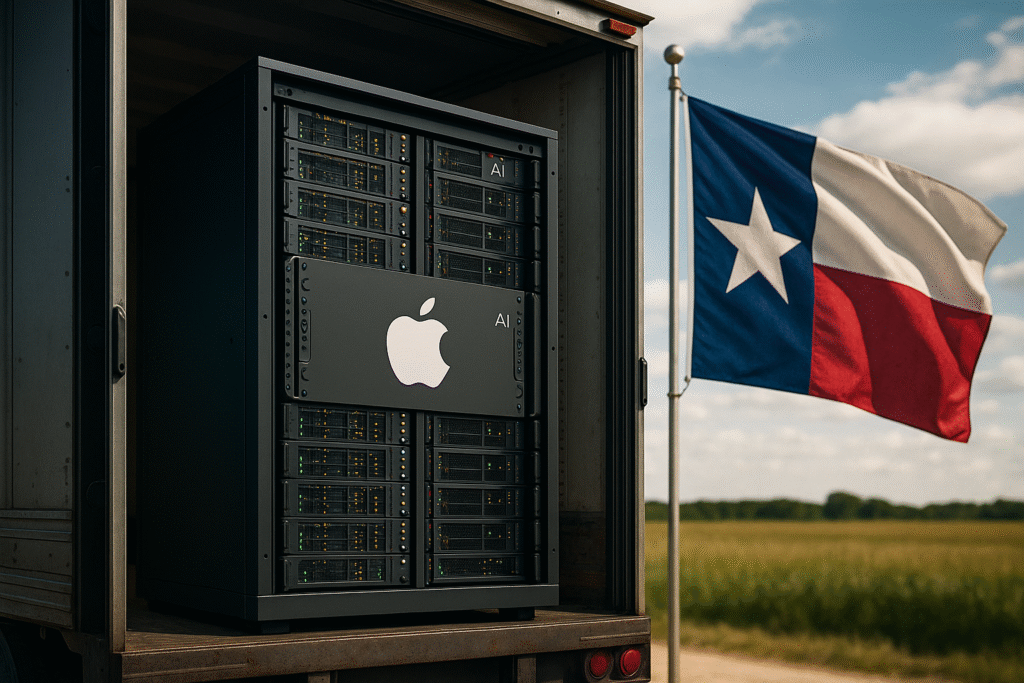AWS Outage Disrupts Global Internet Operations
Amazon’s AWS cloud platform experienced a large-scale outage that took down websites, apps, and internal systems across the U.S. and beyond — affecting millions of users and hundreds of companies.
According to Amazon, the disruption began at its US-East-1 region in Virginia, one of its most critical and heavily used data centers. The source of the problem stemmed from a Domain Name System (DNS) malfunction coupled with an issue in DynamoDB, Amazon’s cloud-based database service used by thousands of enterprise customers.
The DNS acts as the internet’s “phone book,” translating website names like wallstreetaccess.com into IP addresses computers can locate. When it fails, vast portions of the internet can vanish from public reach. Combined with a database breakdown, this created a cascade effect that rendered numerous websites — from e-commerce platforms to internal corporate systems — temporarily inaccessible.
A Pattern of Cloud Centralization Risks
This isn’t the first time a single provider’s issue has rippled through the global internet.
- In 2023, another AWS failure caused widespread outages for popular apps and services.
- In 2024, a faulty update from cybersecurity firm CrowdStrike crippled large portions of Microsoft’s Azure cloud and sent shockwaves through financial systems.
Together, these incidents highlight a structural flaw in the digital economy: the internet’s dependency on three dominant cloud providers — Amazon, Microsoft, and Google.
While centralization allows for efficiency, security, and scalability, it also introduces systemic risk. When one goes down, much of the online world does too.
Winners, Losers, and Lessons
Large corporations and government agencies typically build redundancy into their systems by using multi-cloud architectures — leveraging multiple providers to ensure continuity if one fails. But smaller firms and startups, constrained by cost, often rely on a single provider like AWS.
When that provider fails, so does their entire operation. Monday’s outage forced thousands of businesses to halt transactions, delay logistics, and lose online visibility for hours — a stark reminder of how concentrated control over the web has become.
Even as cloud providers invest billions in redundancy, their dominance creates a “too-big-to-fail” dynamic for the internet itself.
What Happens Next
The outage is unlikely to shift the balance of power in the short term. AWS, Microsoft Azure, and Google Cloud will continue to dominate global infrastructure spending — together representing more than two-thirds of global cloud revenue.
Yet investors and regulators are increasingly aware of the systemic risks. Expect growing discussion around:
- Infrastructure diversification and regional redundancy.
- Government oversight of cloud dependency in national security systems.
- Hybrid cloud strategies allowing sensitive workloads to remain on local servers.
Ultimately, Monday’s failure wasn’t just an AWS problem — it was a reminder that the “cloud” is not limitless, nor invincible. The modern internet depends on a fragile balance of interconnected systems that, when one fails, can ripple worldwide.
WSA Take
Amazon’s outage shows how the cloud’s biggest strength — scale — is also its greatest weakness.
As trillions of dollars flow into AI, streaming, and data-heavy infrastructure, the global economy continues to stack its digital foundation on a small number of players. That concentration risk is growing.
Resilient architecture and multi-cloud strategies may help limit damage, but the reality is clear: if AWS sneezes, the internet catches a cold.
Read our recent coverage on Cleveland-Cliffs’ rare earth expansion.
Visit the Wall Street Access homepage.
Disclaimer
Wall Street Access does not work with or receive compensation from any public companies mentioned. Content is for educational and entertainment purposes only.








